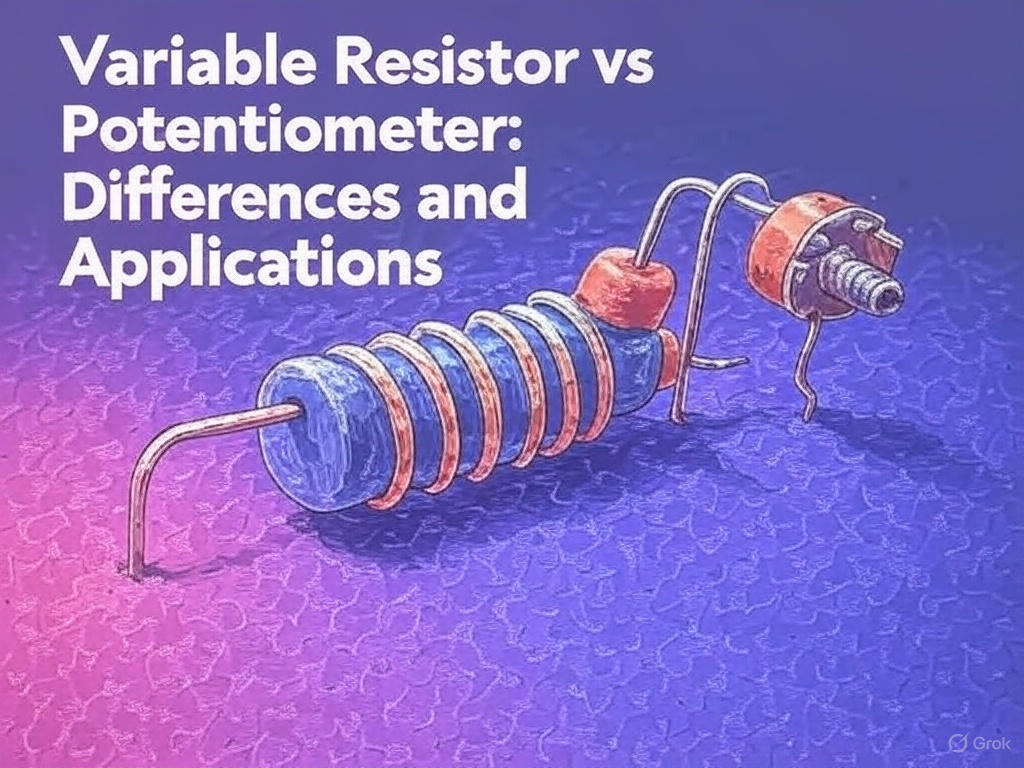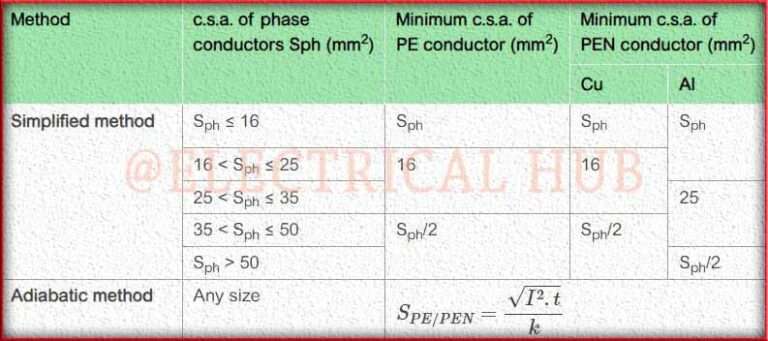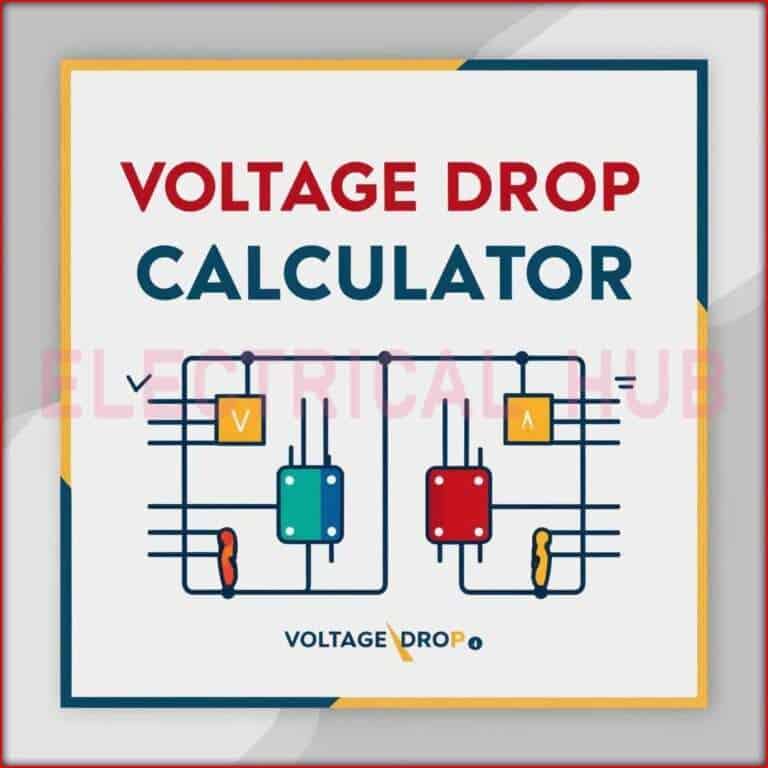Variable Resistor vs Potentiometer: Differences and Applications
When it comes to electrical components, both the variable resistor and the potentiometer play significant roles. They are often confused with each other, but they have distinct differences in function and usage. This article will provide a detailed comparison between a variable resistor and a potentiometer, exploring their characteristics, differences, and applications.

What is a Variable Resistor?
A variable resistor, often called a rheostat, is a type of resistor whose resistance can be adjusted manually. The key feature of a variable resistor is its ability to change the current flowing through the circuit by varying its resistance.
These resistors have two terminals, one of which is fixed, while the other is movable. The movable terminal slides along a resistive track, thus altering the resistance. Variable resistors are commonly used in applications where control of current is necessary, such as in dimmer switches for lights or in the adjustment of voltage in circuits.
Types of Variable Resistor
Variable resistors come in various forms, and each type serves a different purpose in the circuit. The most common types are:
- Rheostats: These variable resistors have two terminals and are used to control current in a circuit by varying resistance. Rheostats are typically used in higher current applications and are found in devices like motor speed controls.
- Potentiometers: Although potentiometers are a type of variable resistor, they are slightly different in function. They have three terminals and are used to control voltage levels rather than current.
What is a Potentiometer?
A potentiometer is a type of variable resistor, but unlike a typical variable resistor (rheostat), it is designed to control voltage in a circuit. Potentiometers have three terminals: two fixed terminals and a wiper terminal.
The wiper moves along a resistive element, adjusting the voltage between the two fixed terminals. Potentiometers are used to adjust voltage levels in various electronic devices, such as in volume controls for audio equipment or brightness control for screens.
How Potentiometers Work
The wiper of a potentiometer changes the resistance between the two fixed terminals. By adjusting the wiper’s position, the user can control the voltage output of the potentiometer. In practical applications, the voltage output can vary from 0V to a maximum voltage based on the design of the circuit. Potentiometers are essential in applications where precise voltage adjustment is needed.
Key Differences Between Variable Resistor and Potentiometer
While both components are types of variable resistors, their functions and applications differ significantly. Here’s a breakdown of the key differences:
1. Number of Terminals
- Variable Resistor: A variable resistor, such as a rheostat, typically has two terminals. One terminal is fixed, while the other is connected to a movable wiper. The resistance is changed by adjusting the position of the wiper along the resistive track.
- Potentiometer: A potentiometer has three terminals. Two are fixed, and one is the adjustable wiper. The wiper moves along the resistive element to control the voltage difference between the two fixed terminals.
2. Primary Function
- Variable Resistor: The primary function of a variable resistor is to adjust current in a circuit. By varying the resistance, it regulates the flow of electricity.
- Potentiometer: A potentiometer controls voltage in a circuit. It allows for precise adjustment of voltage levels, making it ideal for applications where voltage needs to be varied.
3. Applications
- Variable Resistor: Commonly used in applications like motor speed control, heating control, and dimmer switches. Its main purpose is to manage current.
- Potentiometer: Typically used in settings like volume controls for audio devices, brightness controls for displays, and tuning circuits where voltage adjustments are needed.
4. Resistance Range
- Variable Resistor: The resistance range for variable resistors can vary widely depending on the application, with typical values ranging from a few ohms to several kilo-ohms.
- Potentiometer: Potentiometers usually have a much more limited resistance range, generally found in the range of a few kilo-ohms, as they are designed primarily for voltage control.
5. Control Mechanism
- Variable Resistor: In a variable resistor, the wiper moves along the resistive track to adjust the current by changing the total resistance in the circuit.
- Potentiometer: A potentiometer’s wiper changes the voltage level between two fixed points by adjusting the resistance between the wiper and the terminals.
Applications of Variable Resistors and Potentiometers
Both variable resistors and potentiometers are used in various fields of electronics and electrical engineering. Understanding their applications helps to highlight their individual advantages and the contexts in which they excel.
Applications of Variable Resistors
- Motor Speed Control: Variable resistors are frequently used to control the speed of electric motors by varying the current flow.
- Lighting Control: They are also used in dimmer switches to adjust the brightness of lights by changing the amount of current supplied to the bulb.
- Heaters: Variable resistors can adjust the heating element’s current to regulate the heat produced in devices like ovens and space heaters.
Applications of Potentiometers
- Volume Control: Potentiometers are most commonly found in audio equipment as volume control knobs. They allow users to adjust the voltage that determines the output signal to the speakers.
- Tuning Circuits: In radio receivers and transmitters, potentiometers are used to tune the frequency by adjusting the voltage at specific points in the circuit.
- Control Panels: Potentiometers are used in control panels for systems where precise voltage control is essential, such as in laboratory instruments or specialized equipment.
Pros and Cons of Variable Resistors and Potentiometers
Each component comes with its own set of advantages and limitations, making them suitable for different use cases.
Pros of Variable Resistors
- Cost-Effective: Variable resistors are relatively inexpensive to manufacture and purchase, making them a popular choice in basic applications.
- Simple Design: With only two terminals, they have a simpler design compared to potentiometers.
- High Power Handling: Variable resistors can handle higher currents, making them suitable for power regulation in motors and heating applications.
Cons of Variable Resistors
- Limited Voltage Control: Unlike potentiometers, variable resistors cannot adjust voltage, limiting their use in specific applications like audio equipment or tuning circuits.
- Less Precision: Variable resistors offer less precision in resistance adjustment compared to potentiometers, especially in low-voltage applications.
Pros of Potentiometers
- Precise Voltage Control: Potentiometers allow for fine-tuned adjustments in voltage, which is ideal for audio and signal processing applications.
- Versatility: They are used in a wide range of electronic devices, from audio systems to industrial equipment, making them versatile.
- High Sensitivity: Potentiometers are known for their ability to provide highly sensitive adjustments, especially useful in delicate circuits.
Cons of Potentiometers
- Limited Current Handling: Potentiometers are generally not used in high-current applications, making them unsuitable for power management in motors or heating elements.
- More Complex Design: With three terminals and a more intricate mechanism, potentiometers can be more complex to integrate into circuits compared to simple variable resistors.
Conclusion: Variable Resistor vs Potentiometer
In summary, while both variable resistors and potentiometers are integral to controlling resistance in electrical circuits, they serve different purposes. The variable resistor is primarily designed to control current, while the potentiometer adjusts voltage. Understanding these differences is key to selecting the right component for your circuit design.
Follow Us on Social:
Subscribe our Newsletter on Electrical Insights to get the latest updates in Electrical Engineering.
VariableResistor, #Potentiometer, #Electronics, #ElectricalComponents, #VariableResistorVsPotentiometer, #PotentiometerVsVariableResistor, #ElectronicsBasics, #ResistorTypes, #ElectronicCircuits, #ElectricalEngineering, #TechExplained, #ElectricalDevices, #ResistorComparison, #TechKnowledge, #CircuitDesign




